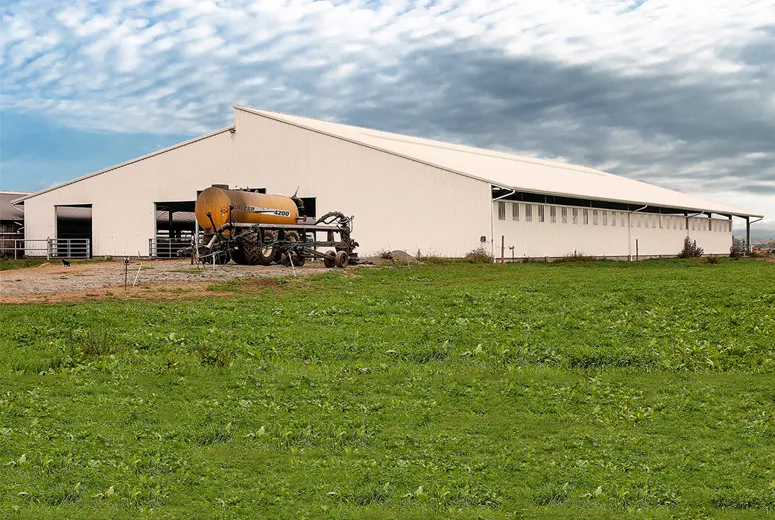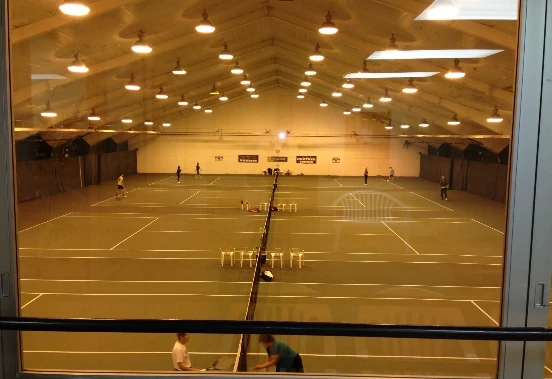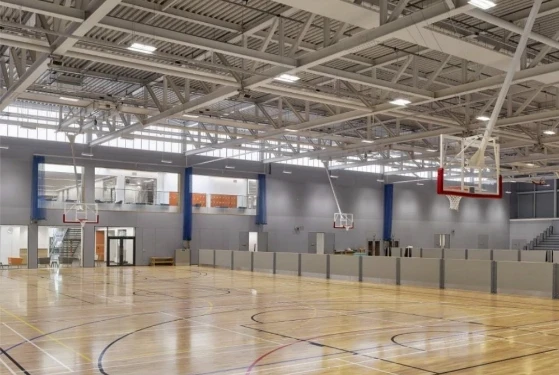- Afrikaans
- Albanian
- Amharic
- Arabic
- Armenian
- Azerbaijani
- Basque
- Belarusian
- Bengali
- Bosnian
- Bulgarian
- Catalan
- Cebuano
- Corsican
- Croatian
- Czech
- Danish
- Dutch
- English
- Esperanto
- Estonian
- Finnish
- French
- Frisian
- Galician
- Georgian
- German
- Greek
- Gujarati
- Haitian Creole
- hausa
- hawaiian
- Hebrew
- Hindi
- Miao
- Hungarian
- Icelandic
- igbo
- Indonesian
- irish
- Italian
- Japanese
- Javanese
- Kannada
- kazakh
- Khmer
- Rwandese
- Korean
- Kurdish
- Kyrgyz
- Lao
- Latin
- Latvian
- Lithuanian
- Luxembourgish
- Macedonian
- Malgashi
- Malay
- Malayalam
- Maltese
- Maori
- Marathi
- Mongolian
- Myanmar
- Nepali
- Norwegian
- Norwegian
- Occitan
- Pashto
- Persian
- Polish
- Portuguese
- Punjabi
- Romanian
- Russian
- Samoan
- Scottish Gaelic
- Serbian
- Sesotho
- Shona
- Sindhi
- Sinhala
- Slovak
- Slovenian
- Somali
- Spanish
- Sundanese
- Swahili
- Swedish
- Tagalog
- Tajik
- Tamil
- Tatar
- Telugu
- Thai
- Turkish
- Turkmen
- Ukrainian
- Urdu
- Uighur
- Uzbek
- Vietnamese
- Welsh
- Bantu
- Yiddish
- Yoruba
- Zulu
Nov . 07, 2024 19:04 Back to list
Design of Steel Trusses for Roofing A Comprehensive Overview
Steel trusses have become a fundamental element in modern roofing systems, playing a critical role in ensuring structural integrity, durability, and aesthetic appeal. The design of steel trusses for roofing requires careful consideration of various factors, including load-bearing capacity, material selection, geometric configuration, and local building codes. This article aims to provide an overview of the essential aspects of designing steel trusses for roofing applications.
Understanding Steel Trusses
Steel trusses are frameworks composed of triangular units that work together to support loads. The triangular shape is inherently stable, allowing it to efficiently distribute weight and withstand both compression and tension. This design minimizes the amount of material required while maximizing strength, making steel trusses an economical choice for roofing structures.
Types of Steel Trusses
There are several types of steel trusses commonly used in roofing applications, each suited for specific needs
1. Pratt Truss Known for its efficiency and ease of construction, the Pratt truss features vertical members that handle compression loads and diagonal members that carry tension. This design is ideal for long spans and is frequently used in commercial applications.
2. Warren Truss This type uses equilateral triangles to distribute loads evenly, making it suitable for a variety of roofing projects, particularly those requiring a lightweight yet robust structure.
3. Howe Truss Similar to the Pratt, but with diagonals in compression and verticals in tension, this truss is advantageous for roofs that require greater rigidity and load-carrying capacity.
Load Considerations
design of steel trusses for roofing

A critical part of designing steel trusses involves understanding the loads they will encounter. These include dead loads (the weight of the truss itself and the roofing materials), live loads (occupancy and environmental factors such as snow or wind), and dynamic loads (impacts from events like earthquakes). The design must ensure that the truss can safely support these loads without excessive deflection or failure.
Material Selection
The choice of material significantly impacts the performance and longevity of steel trusses. Common materials include structural steel and cold-formed steel. Factors such as corrosion resistance, strength-to-weight ratio, and fabrication capabilities should guide material selection. Additionally, protective coatings can be applied to enhance durability, especially in environments prone to moisture or chemical exposure.
Geometric Configuration
The geometry of the truss influences its overall strength and functionality. Designers must consider the span length, height, and node placement, ensuring that the truss meets aesthetic requirements while efficiently bearing loads. Advanced software tools now allow engineers to simulate and optimize truss designs, offering insights into stress distribution and potential vulnerabilities.
Compliance and Sustainability
Compliance with local building codes and standards is essential in the design process. Architects and engineers must ensure that their designs adhere to specified safety and performance criteria. Moreover, sustainability is becoming increasingly important in construction. Designers are encouraged to use recycled materials and consider life-cycle analyses to minimize environmental impact.
Conclusion
The design of steel trusses for roofing is an intricate process that requires a balance of engineering principles, material science, and aesthetic considerations. By understanding the various types of trusses, accurately assessing loads, selecting appropriate materials, and adhering to regulations, architects and engineers can create safe, durable, and visually pleasing roofing systems. As technology advances, the potential for innovative designs and sustainable practices continues to grow, paving the way for the future of roofing in the construction industry.
-
The Rise of Prefabricated Metal Structures in Modern Industry
NewsJul.28,2025
-
The Landscape of Prefabricated Metal Building Solutions
NewsJul.28,2025
-
Analyzing Costs and Pricing Dynamics in Prefabricated Steel and Metal Buildings
NewsJul.28,2025
-
Advance Industrial Infrastructure with Prefabricated Steel Solutions
NewsJul.28,2025
-
Advancing Industrial Infrastructure with Prefabricated Metal Warehousing Solutions
NewsJul.28,2025
-
Advancing Industrial and Commercial Spaces with Prefabricated Steel Solutions
NewsJul.28,2025
Products categories
Our Latest News
We have a professional design team and an excellent production and construction team.











